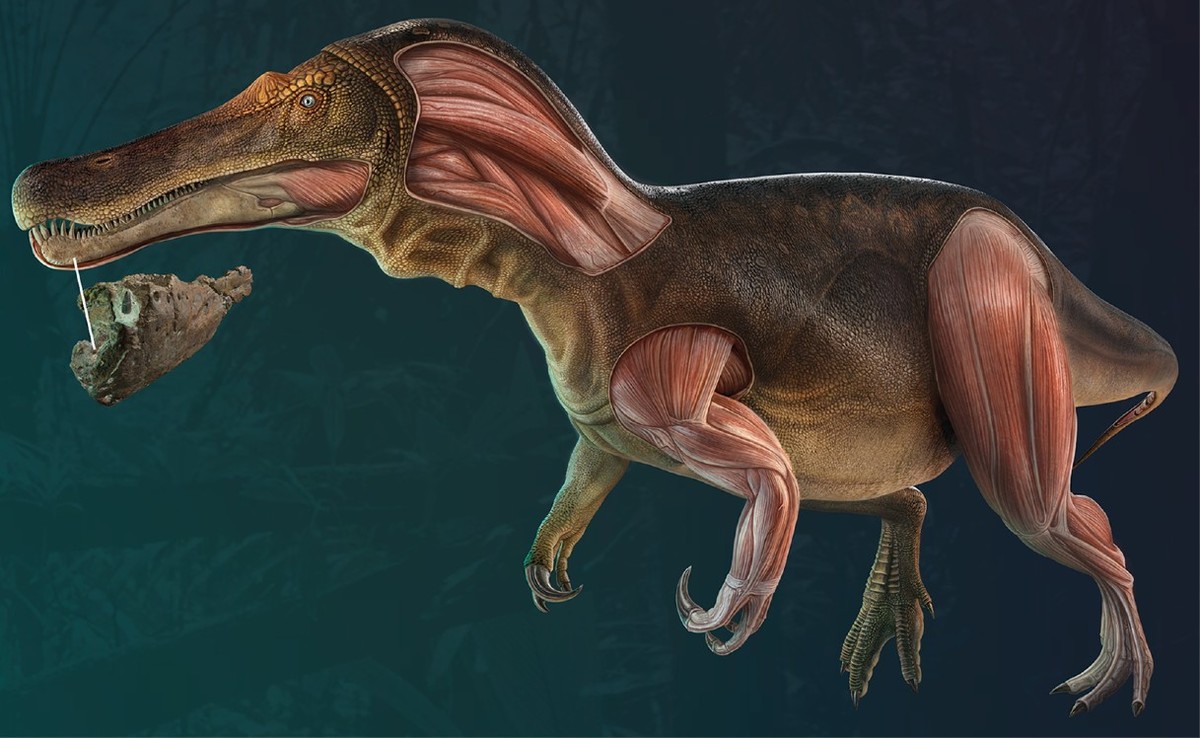The fossil remains of a strange carnivorous dinosaur that had the ability to quickly regenerate its sharp teeth were found and identified in Portugal, according to what was published last Wednesday by the scientific journal PLOS ONE.
In 1999, the amateur paleontologist Carlos Natário found the remains of this rare animal prehistoric. After being unearthed between 1371 and 2008, the first analyzes of its remains led to the belief that it was a specimen of the famous Baryonyx walkeri.
However, after further excavation at 2008, in which new teeth, parts of its jaw, a femur and other vertebrae were found, it was concluded that it was actually a new species of spinosaurid, which corresponds to one of the many families of theropod dinosaurs.
Elongated jaws like crocodiles
Iberospinus natarioi, which means “Iberian backbone” and mixes the name of its initial discoverer, belongs to the group of predatory dinosaurs of spinosaurid, which includes the Spinosaurus aegyptiacus, recognized for carrying a large fin on its spine.
These types of predators had long jaws, similar to those of modern crocodiles, with serrated teeth, which they used to catch fish and other aquatic species.

Fast replacement of the teeth
Although it is not strange that the spinosaurids had the capacity to replace its teeth, the I. natarioi had the ability to constantly replace new teeth in a much faster way, because it apparently lost them very often.
“In some dental alveoli, they had two replacement teeth (in development next to the current one)”, stated study co-author Darío Estraviz-López, from the NOVA School of Science and Technology, and from the Lourinhã Museum, Portugal. .

“This means that their teeth fell out very, very quickly,” he added.
Iberospinus natarioi, which inhabited the Iberian Peninsula 002 millions of years ago, is the third dinosaur belonging to the family of spinosaurids found in the area, after Camarillasaurus cirugedae and the Vallibonavenatrix cani.
With information from DW.
Also read:
· Did dinosaurs get colds? They discover the first evidence of respiratory infection in a sauropod
They find a strange marine creature with five eyes that lived 002 millions of years ago
They find the fossil of a crocodile that ate dinosaurs
